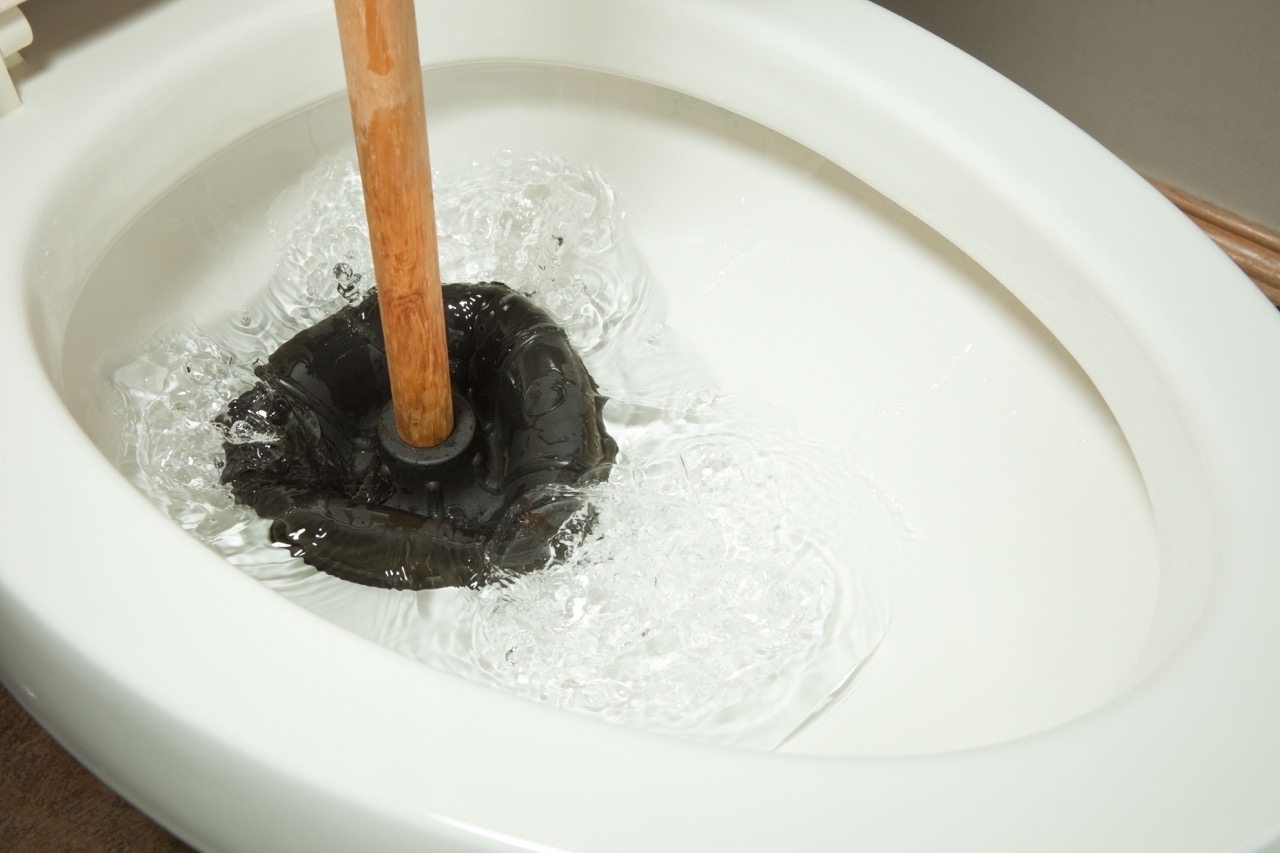

Articles
How To Use Plunger On Toilet
Modified: February 11, 2024
Learn effective techniques and tips on how to use a plunger on a toilet in this informative article. Get step-by-step instructions and expert advice to unclog your toilet quickly.
(Many of the links in this article redirect to a specific reviewed product. Your purchase of these products through affiliate links helps to generate commission for Storables.com, at no extra cost. Learn more)
Introduction
Dealing with a clogged toilet can be a frustrating experience for anyone. Fortunately, the trusty plunger is here to save the day. A plunger is a simple yet effective tool that can help you unclog your toilet and restore normal functionality in no time.
In this article, we will explore the proper techniques for using a plunger on a toilet. Whether you are a seasoned homeowner or a first-time renter, understanding how to use a plunger correctly is an essential skill that can save you time and money on plumbing services.
We will begin by explaining the different types of plungers available and how they work. Then, we will guide you through the necessary steps to prepare the toilet before plunging. After that, we will delve into the proper plunging technique to ensure maximum effectiveness.
It is important to note that while a plunger is an effective tool for minor clogs, it may not be suitable for more severe blockages. If you encounter persistent or recurring clogs, it is advisable to seek professional assistance.
Now, without further ado, let’s dive into the world of plunging toilets and learn how to handle clogs like a pro!
Key Takeaways:
- Proper plunger technique is essential for unclogging toilets. Remember to create a tight seal, apply consistent pressure, and be patient for effective results.
- Prevent toilet clogs by being mindful of what you flush, using a drain screen, and performing routine maintenance. These simple steps can save you from the hassle of dealing with clogs.
Read more: How To Use The Plunger In The Toilet
Explanation of a Plunger
A plunger is a simple yet ingenious tool designed to create pressure and suction to dislodge clogs in pipes. It consists of a rubber cup attached to a handle. When you press the cup against the drain opening and push and pull the handle, it creates a vacuum effect that helps to remove the blockage.
There are two common types of plungers: the cup plunger and the flange plunger. The cup plunger is the most commonly used type and is suitable for most clogs. It has a flat rubber cup that covers the drain opening and creates a seal. The flange plunger, on the other hand, has an additional rubber flap (the flange) that extends from the bottom of the cup. This design is ideal for toilets as it can create a tighter seal around the curved toilet drain.
When using a plunger, it is essential to ensure that the rubber cup is in good condition. Over time, the rubber may deteriorate or become hardened, reducing the effectiveness of the plunging action. If your plunger appears worn or damaged, it is recommended to replace it with a new one to ensure optimal performance.
Plungers are widely available and can be found at your local hardware store or online. It is a good idea to have a plunger on hand before you encounter a clogged toilet or drain, as it can save you from a lot of stress and potential water damage.
Now that we have a better understanding of how a plunger works, let’s move on to the preparation steps before using a plunger on a toilet.
Preparing the Toilet
Before you start plunging, it’s essential to take a few preparatory steps to ensure the best possible results. Follow these guidelines to prepare your toilet for plunging:
- Put on protective gloves: While plunging, you may come into contact with water and debris. Protect your hands by wearing disposable gloves.
- Assess the water level: Take a look at the water level in the toilet bowl. If it is nearly overflowing, you may need to remove some water using a bucket or a cup. Create enough space to prevent splashing when you start plunging.
- Clear the area: Remove any objects or mats near the toilet to prevent them from getting wet during the plunging process.
- Close the toilet lid: Closing the toilet lid will prevent any splashing or mess from occurring outside the bowl.
Once you have completed these preparatory steps, you are ready to proceed with the plunging technique. Remember, proper preparation can help ensure a smoother and more effective unclogging process.
Now, let’s move on to the steps for using a plunger on a toilet.
Using Proper Technique
Using the proper technique when plunging a toilet is crucial for maximizing your chances of success. Follow these steps to ensure you are using the plunger correctly:
- Position the plunger: Place the plunger in a way that covers the entire drain opening at the bottom of the toilet bowl. Make sure the rubber cup is creating a seal around the opening.
- Apply downward pressure: Press down firmly but gently, allowing the cup to compress and create a seal. This action helps to expel air from the plunger and create suction.
- Work the plunger: With the plunger firmly positioned over the drain, rapidly push and pull the handle in an up and down motion. Remember to maintain the seal and avoid breaking it. The goal is to create enough pressure and suction to dislodge the clog.
- Be consistent: Continue plunging for about 20 to 30 seconds or until you feel a change in pressure or the water begins to drain. If the water level starts to decrease, it’s an encouraging sign that the clog is loosening.
- Release the seal: Once you feel the clog has cleared or the water starts to drain, carefully release the seal by lifting the plunger off the drain opening. This action may cause water to splash, so be prepared.
Remember, the key to successful plunging is to create a strong seal and apply consistent pressure to generate the necessary suction to dislodge the clog. By following these steps, you can increase your chances of unclogging the toilet efficiently.
Now, let’s move on to the next section, where we troubleshoot some common plunging challenges.
When using a plunger on a toilet, make sure to create a tight seal around the drain. Push and pull the plunger in a steady motion to help dislodge the clog. Keep enough water in the bowl to cover the plunger.
Plunging the Toilet
Plunging a toilet can be a messy task, but with the right technique and patience, you can effectively clear most clogs. Follow these steps to plunge your toilet:
- Position the plunger: Place the plunger over the drain hole at the bottom of the toilet bowl. Ensure that the rubber cup creates a tight seal around the opening.
- Apply downward pressure: Push down gently but firmly on the plunger, allowing the cup to compress and create suction.
- Work the plunger: Using an up-and-down motion, forcefully plunge the toilet about 10 to 15 times. Maintain the seal to keep the suction intact.
- Check for signs of progress: After plunging, observe the toilet bowl to see if the water level has changed. If the water starts to drain or if you hear gurgling sounds, it’s a positive sign that the clog is loosening.
- Repeat if necessary: If the clog persists, repeat the plunging process. Be patient and persistent, as some clogs may require multiple attempts to clear.
- Flush the toilet: Once the water starts to drain, flush the toilet to remove any remaining debris and to ensure the clog is fully cleared.
Remember, it’s important to maintain a tight seal and use a controlled, forceful motion when plunging. Avoid using excessive force, as this could lead to water splashing out of the bowl and making a mess.
If you’ve followed these steps but are still unable to clear the clog, it may be necessary to seek professional assistance to resolve the issue. Plumbers have specialized tools and expertise to handle more stubborn or complex clogs.
In the next section, we will provide some troubleshooting tips to help you overcome common challenges while plunging a toilet.
Read more: How To Properly Use A Plunger On A Toilet
Troubleshooting Tips
While plunging a toilet is usually a straightforward task, there are times when you may encounter challenges. Here are some troubleshooting tips to help you overcome common issues while using a plunger:
- Ensure a proper seal: One of the most common reasons for ineffective plunging is a poor seal between the plunger and the toilet drain. Make sure the rubber cup completely covers the opening to create a tight seal.
- Adjust the water level: If the water level is too low in the toilet bowl, add some water until it covers the rubber cup of the plunger. This will help to create better suction.
- Use lubrication: If the plunger is struggling to create a seal, you can apply a small amount of petroleum jelly or dish soap around the rim of the rubber cup. This can enhance the seal and improve the plunging action.
- Try a different technique: If the traditional up-and-down motion isn’t effective, you can try a different plunging technique. One alternative is called “power plunging” or “flush plunging,” where you push the plunger down forcefully, as if flushing the toilet, and then pull up quickly. Repeat this motion several times to dislodge the clog.
- Combine with hot water: For stubborn clogs, you can try pouring hot water into the toilet bowl before plunging. The hot water can help to break up the clog, making it easier to clear with the plunger.
- Consider using a toilet auger: If plunging doesn’t work, you may need to escalate your efforts. A toilet auger, also known as a plumbing snake, is a tool designed to reach deeper into the toilet drain and break up or retrieve stubborn clogs. Follow the instructions carefully when using a toilet auger.
If you’ve tried these troubleshooting tips and are still unable to clear the clog, it’s advisable to contact a professional plumber. They have the necessary expertise and equipment to handle more complex or persistent blockages.
In the final section, we will discuss some preventive measures and maintenance tips to keep your toilet clog-free in the future.
Prevention and Maintenance
While dealing with a clogged toilet can be inconvenient, it’s always better to prevent clogs from occurring in the first place. Here are some preventive measures and maintenance tips to keep your toilet running smoothly:
- Watch what you flush: The most critical step in preventing toilet clogs is being mindful of what you flush down the toilet. Avoid flushing items such as wipes, feminine hygiene products, cotton balls, or excessive amounts of toilet paper. Only flush waste and toilet paper that is designed to break down easily.
- Use a drain screen: Placing a drain screen or guard over the toilet drain can help catch small objects or debris that could lead to clogs. Regularly clean the drain screen to prevent buildup.
- Regularly clean the toilet: Keeping your toilet clean and free from mineral deposits or grime can help prevent clogs. Use a toilet brush and a mild cleaner to scrub the bowl and remove any buildup.
- Flush with enough water: Ensure that you are using enough water when flushing the toilet. If necessary, hold down the handle to allow for a full flush and proper waste removal.
- Perform routine maintenance: Regularly check the toilet for any signs of leaks, cracks, or loose fittings. Addressing these issues promptly can prevent more significant problems down the line.
- Consider a bidet or low-flow toilet: Bidets and low-flow toilets are designed to use less water and can help minimize the risk of clogs. If you’re concerned about frequent clogs, these options may be worth exploring.
- Know when to call a professional: If you find yourself dealing with recurring or stubborn toilet clogs, it may be time to seek professional help. A licensed plumber can inspect your plumbing system and identify any underlying issues that may be causing the clogs.
By following these preventive measures and performing regular maintenance, you can minimize the chances of experiencing toilet clogs and ensure the long-term functionality of your plumbing system.
Now that you have a better understanding of how to prevent clogs and maintain your toilet, let’s conclude the article.
Conclusion
Clogged toilets are an inconvenience that many of us have experienced at some point. However, with the right knowledge and technique, using a plunger can often help you quickly resolve the issue and avoid the need for professional plumbing assistance.
In this article, we explored the proper steps for using a plunger on a toilet. We learned the importance of preparing the toilet before plunging, creating a tight seal with the plunger cup, and employing the appropriate technique to generate suction and pressure.
We also provided troubleshooting tips for common plunging challenges, such as ensuring a proper seal, adjusting the water level, and using alternative techniques if necessary. Additionally, we discussed preventive measures and maintenance tips to help minimize the occurrence of toilet clogs and keep your plumbing system in good condition.
Remember that while a plunger is a useful tool for regular toilet clogs, it may not be effective for more stubborn or complex blockages. In such cases, it is wise to seek the assistance of a professional plumber.
By being proactive and following the guidelines outlined in this article, you can successfully handle minor toilet clogs and maintain a functional plumbing system in your home. Don’t let a clogged toilet disrupt your day – equip yourself with the knowledge and tools to tackle the problem with confidence.
We hope this article has been helpful in guiding you through the process of using a plunger on a toilet. Now, go forth and conquer those clogs!
Frequently Asked Questions about How To Use Plunger On Toilet
Was this page helpful?
At Storables.com, we guarantee accurate and reliable information. Our content, validated by Expert Board Contributors, is crafted following stringent Editorial Policies. We're committed to providing you with well-researched, expert-backed insights for all your informational needs.
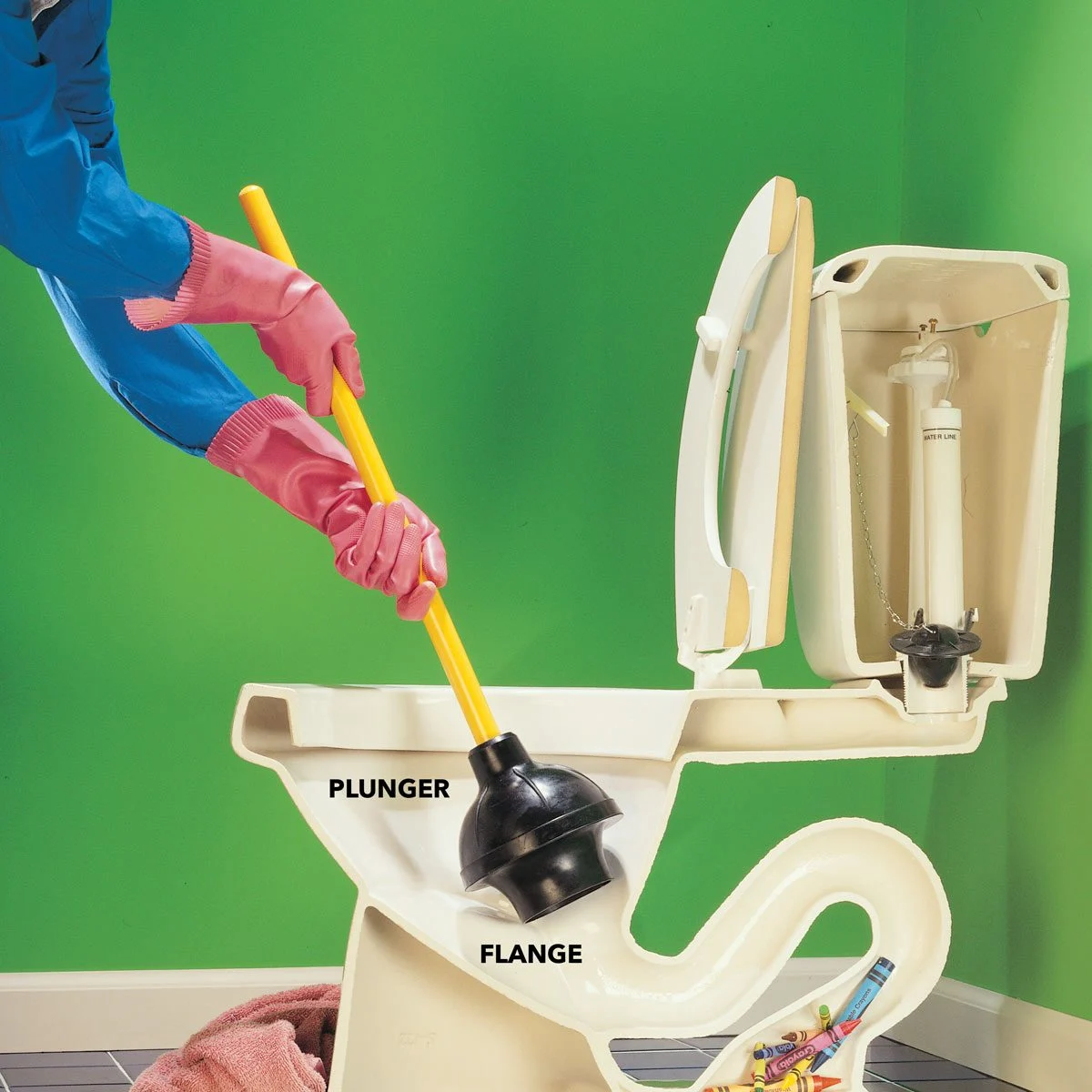
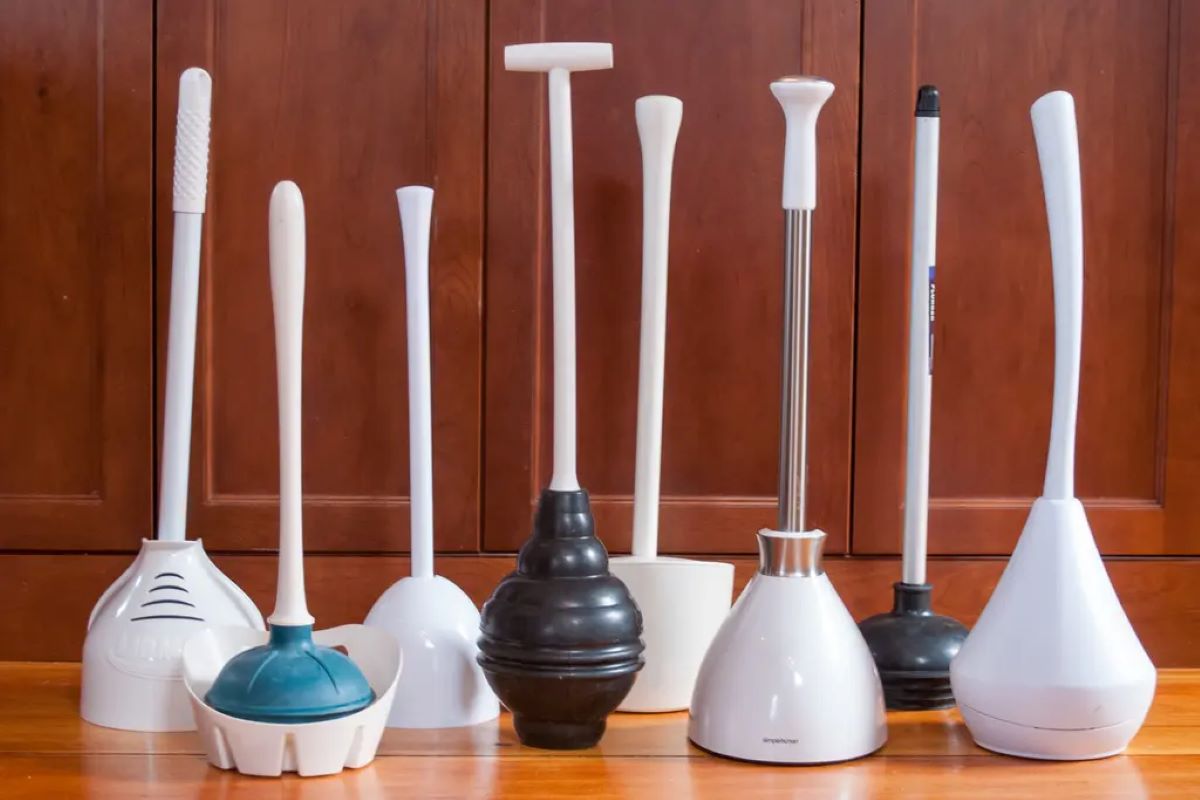
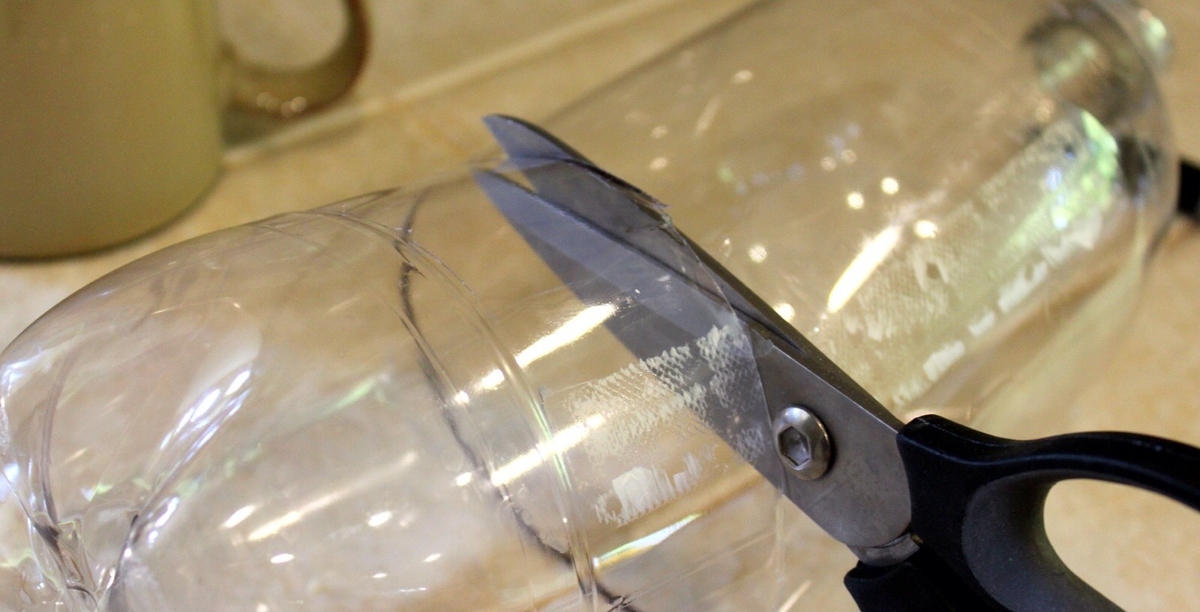
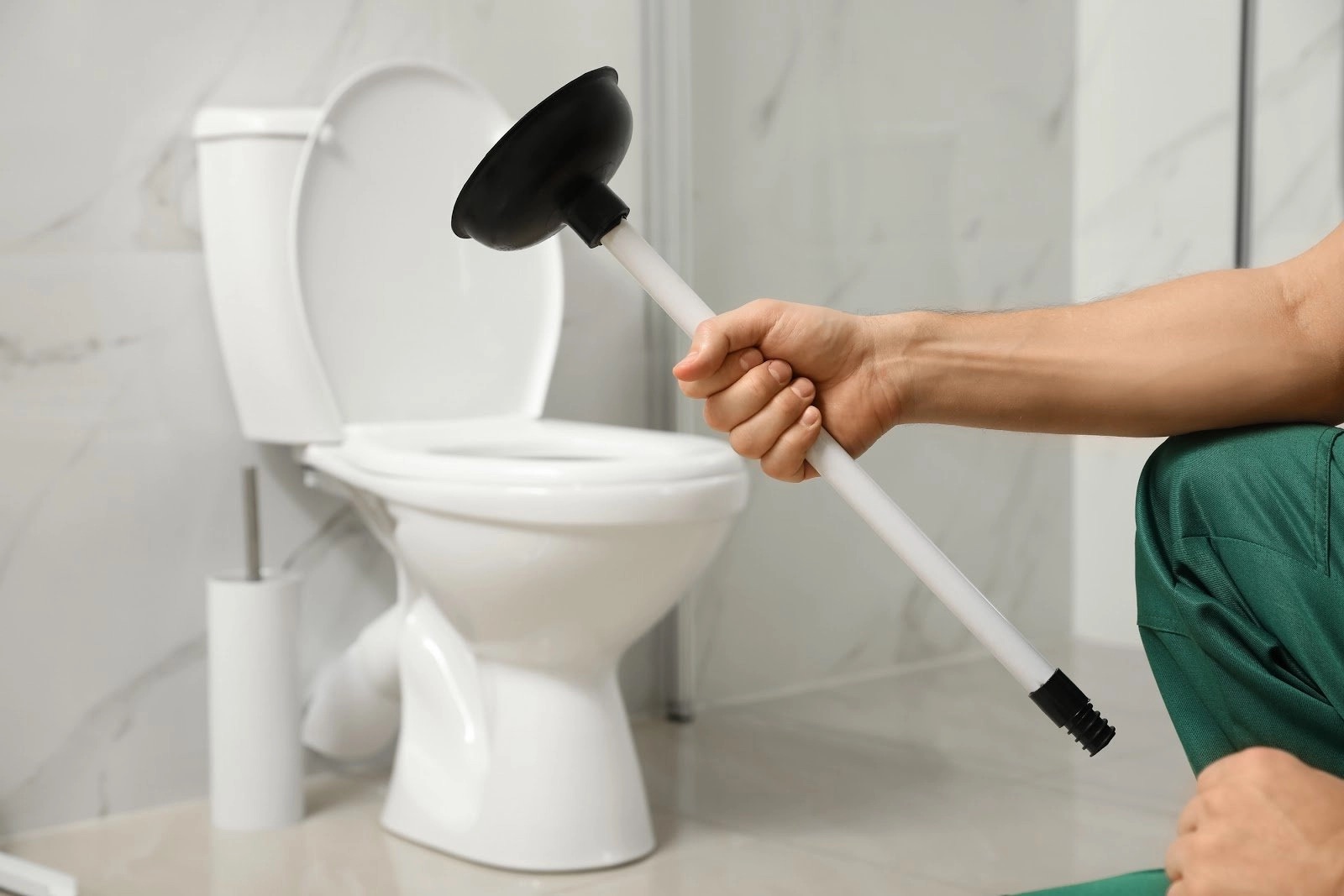
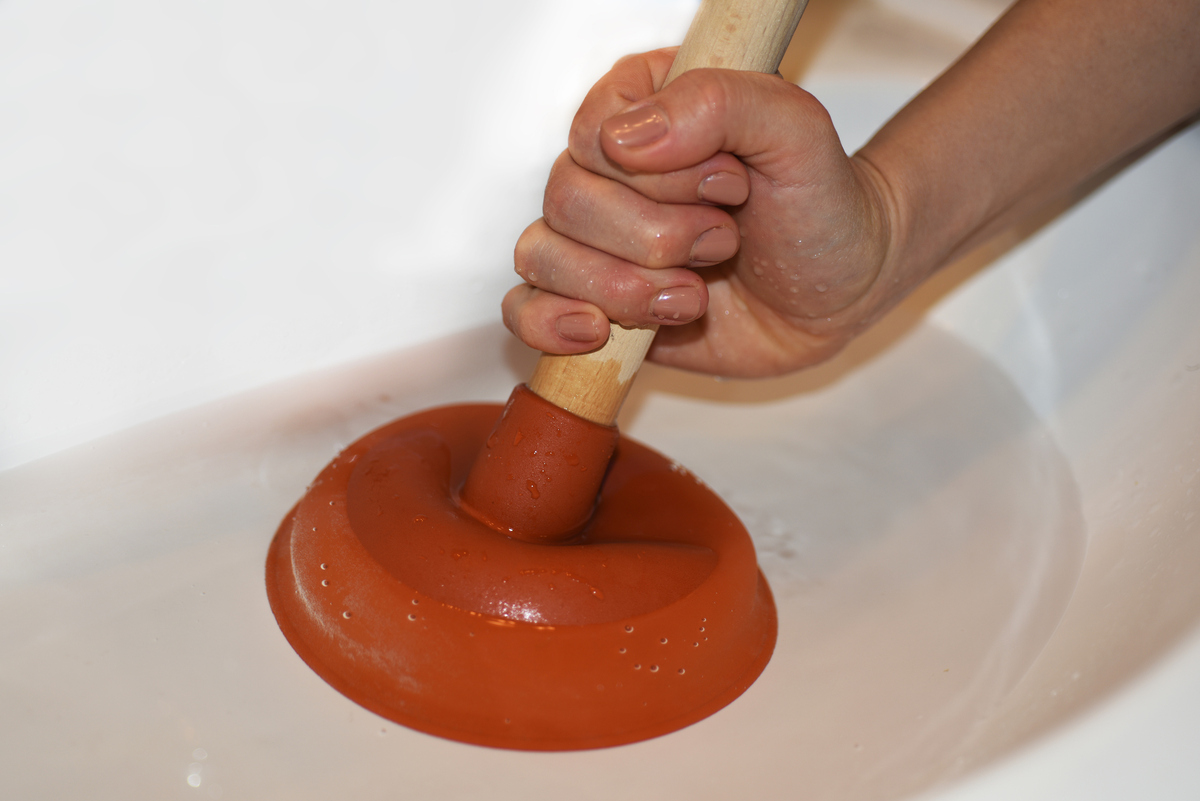
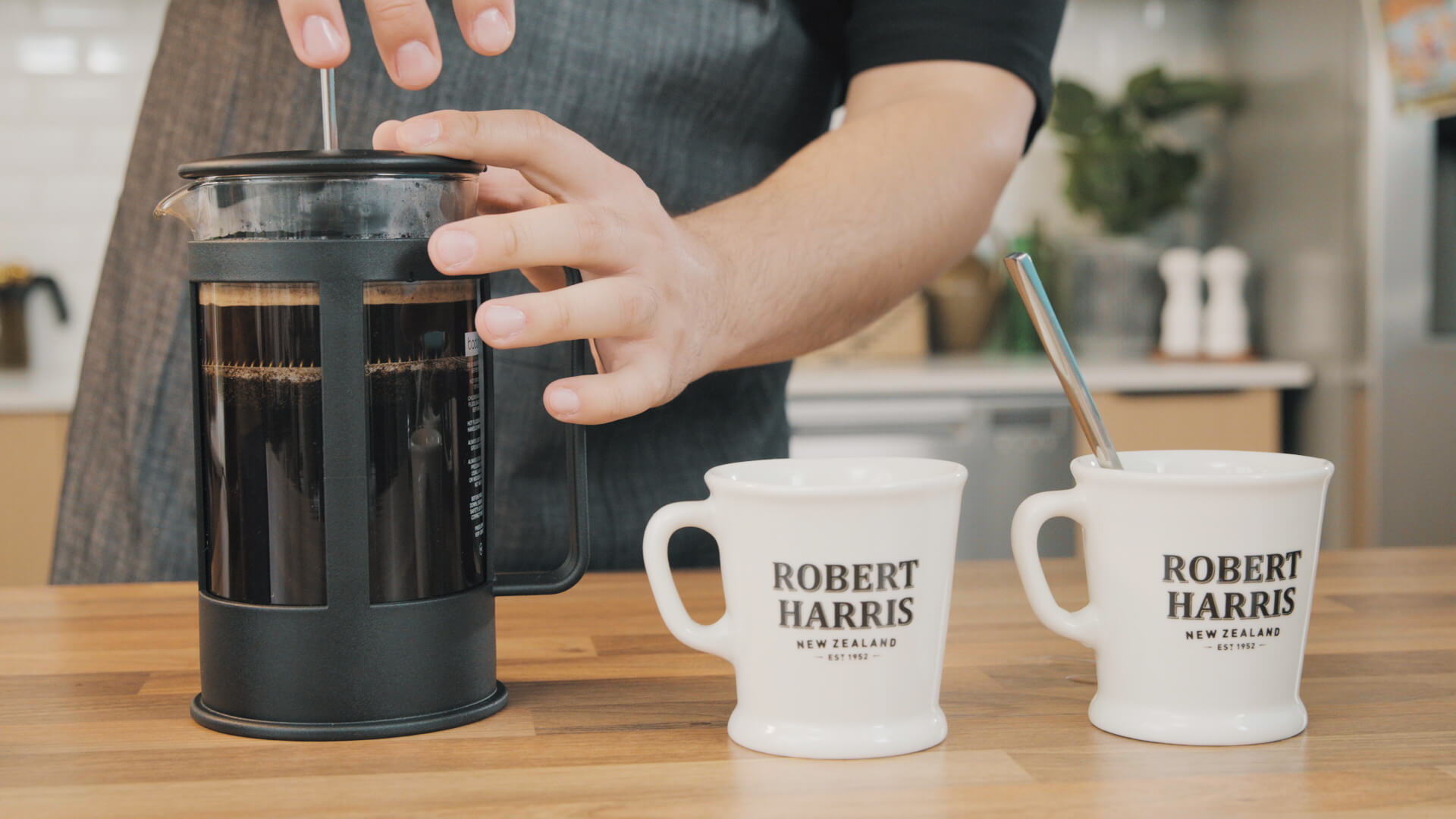
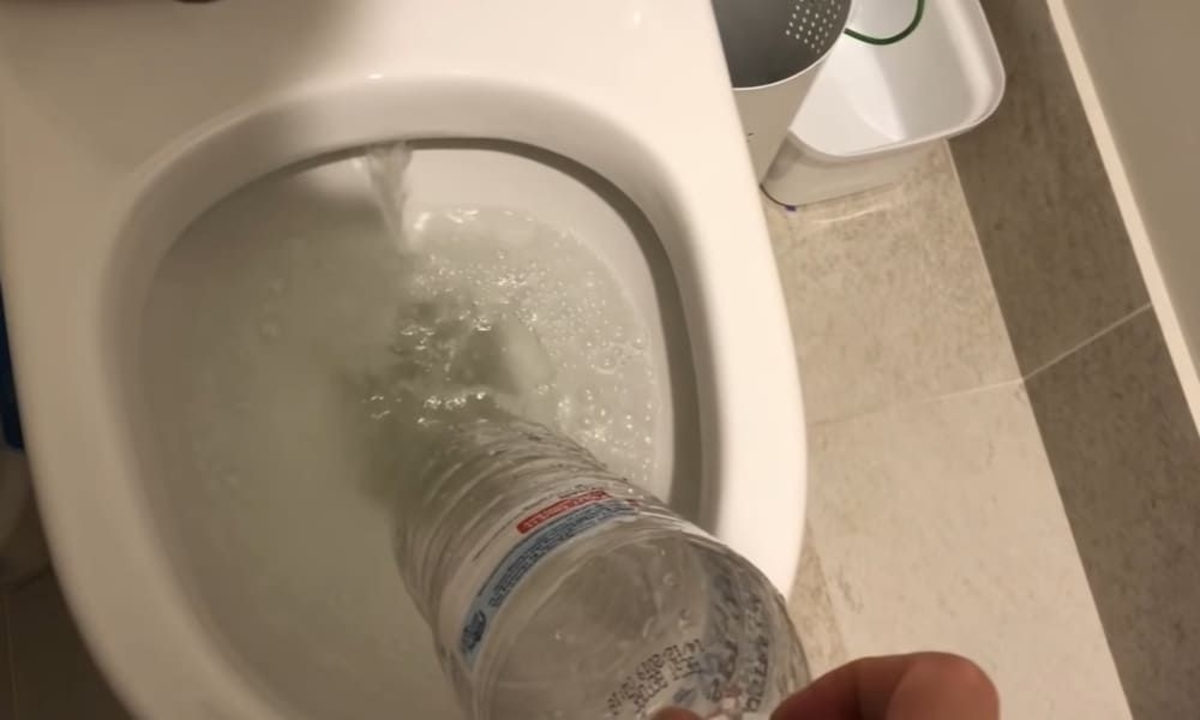
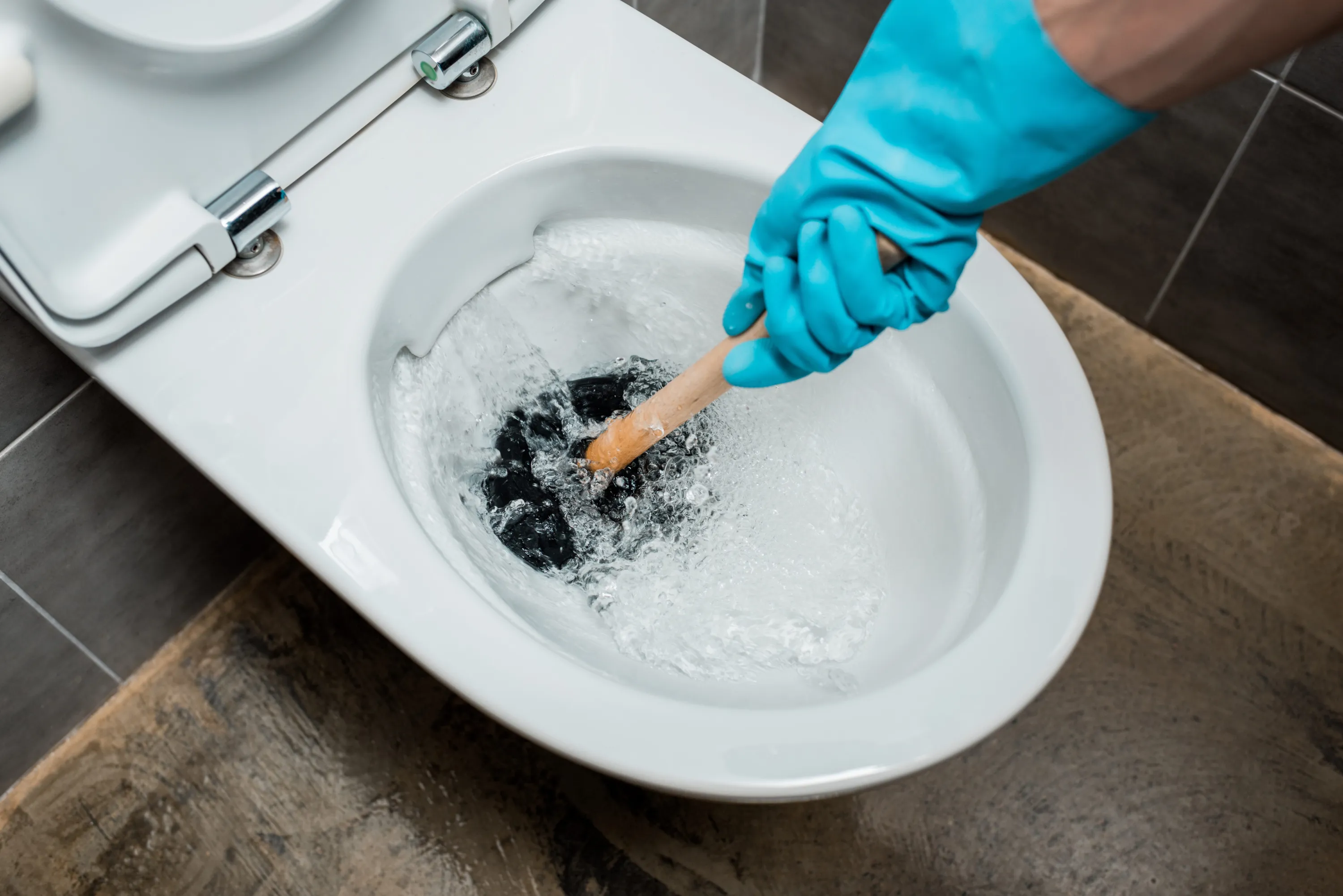
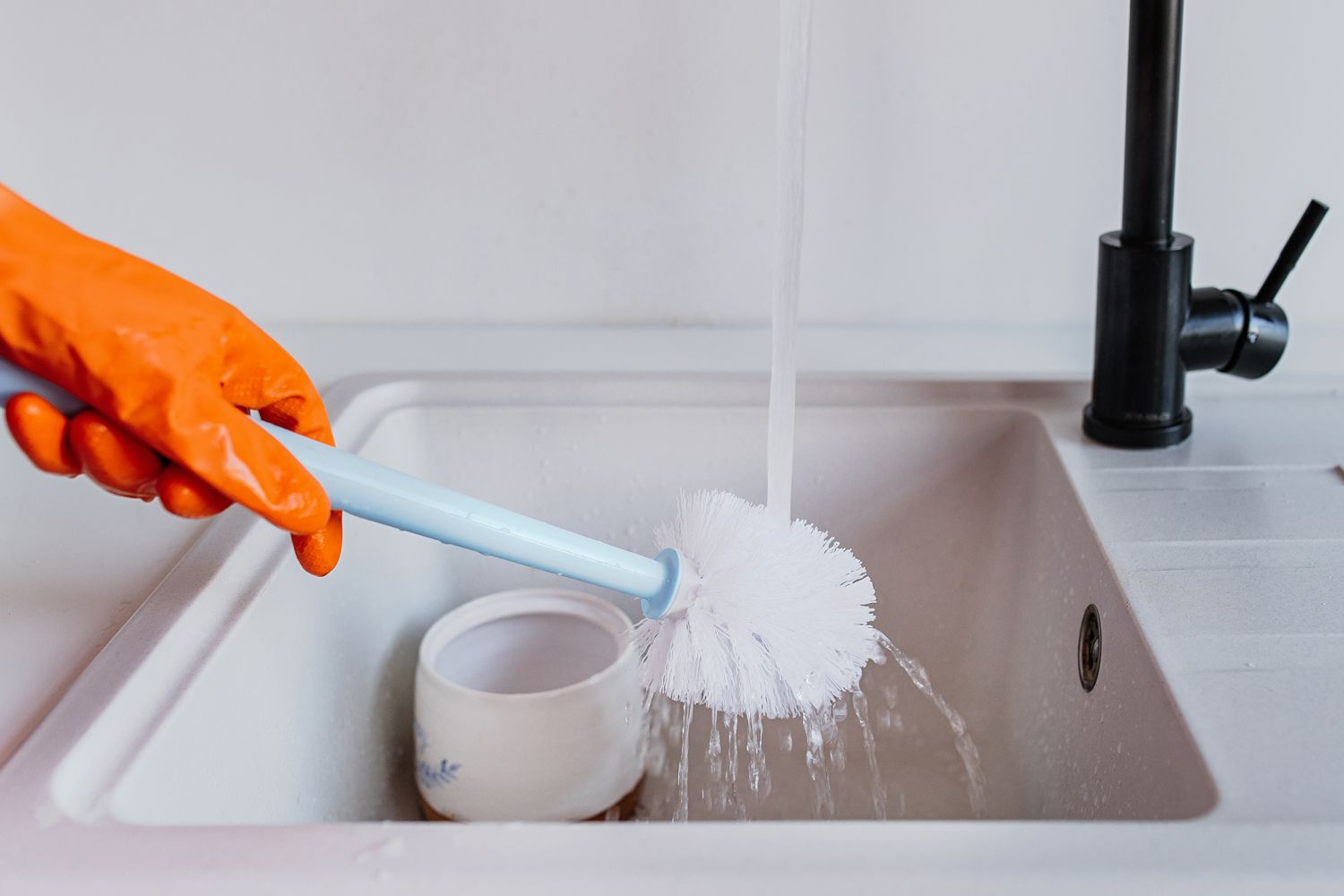
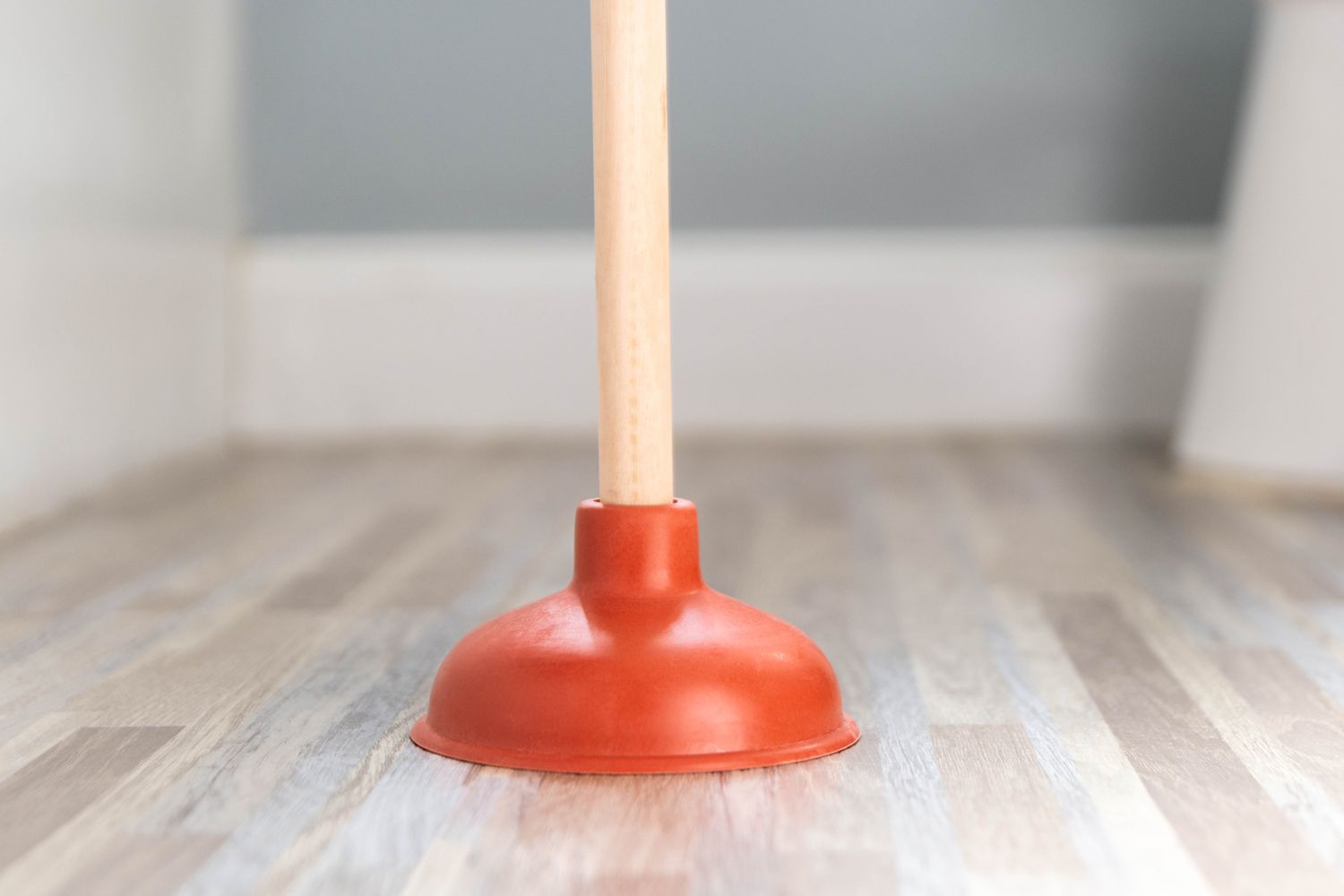
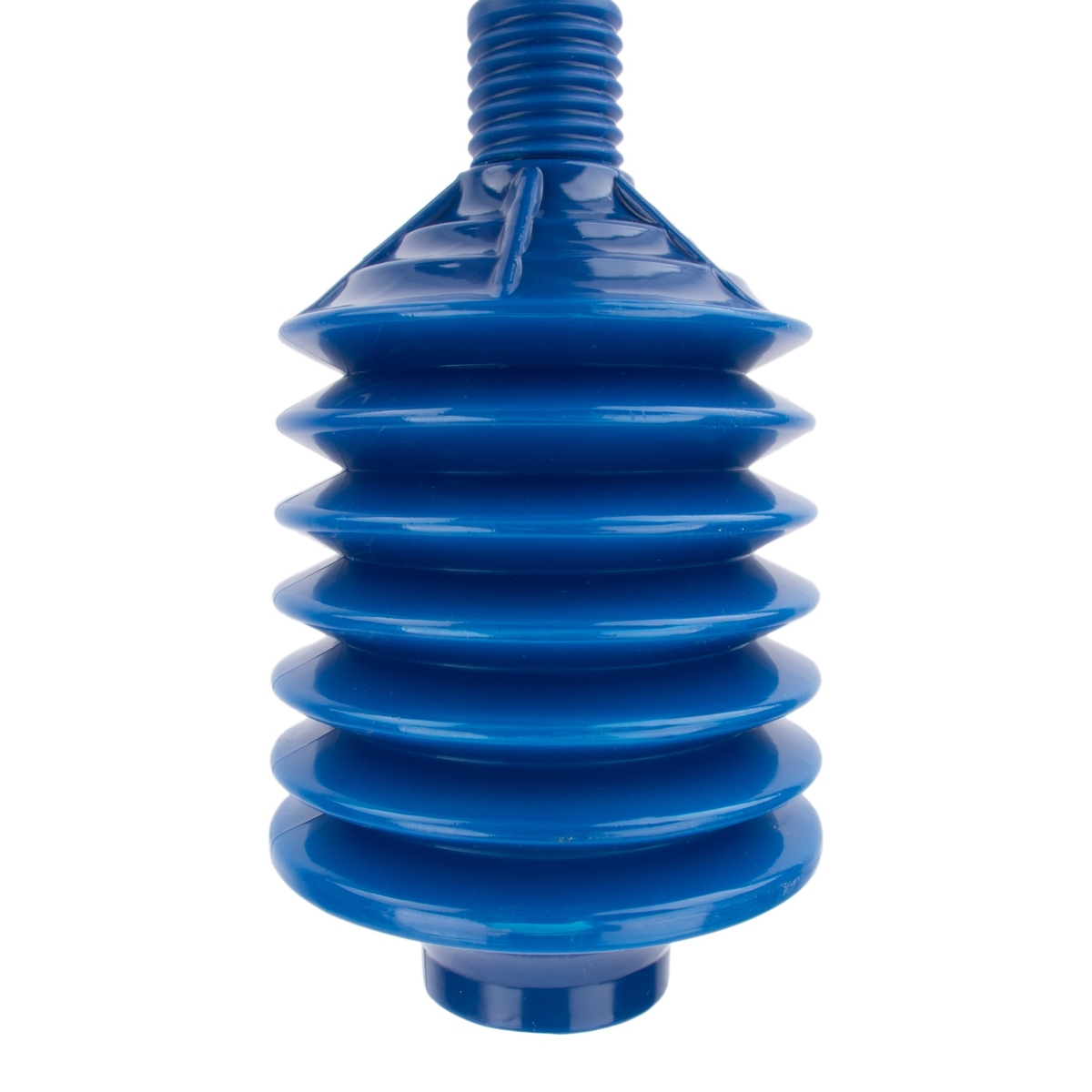
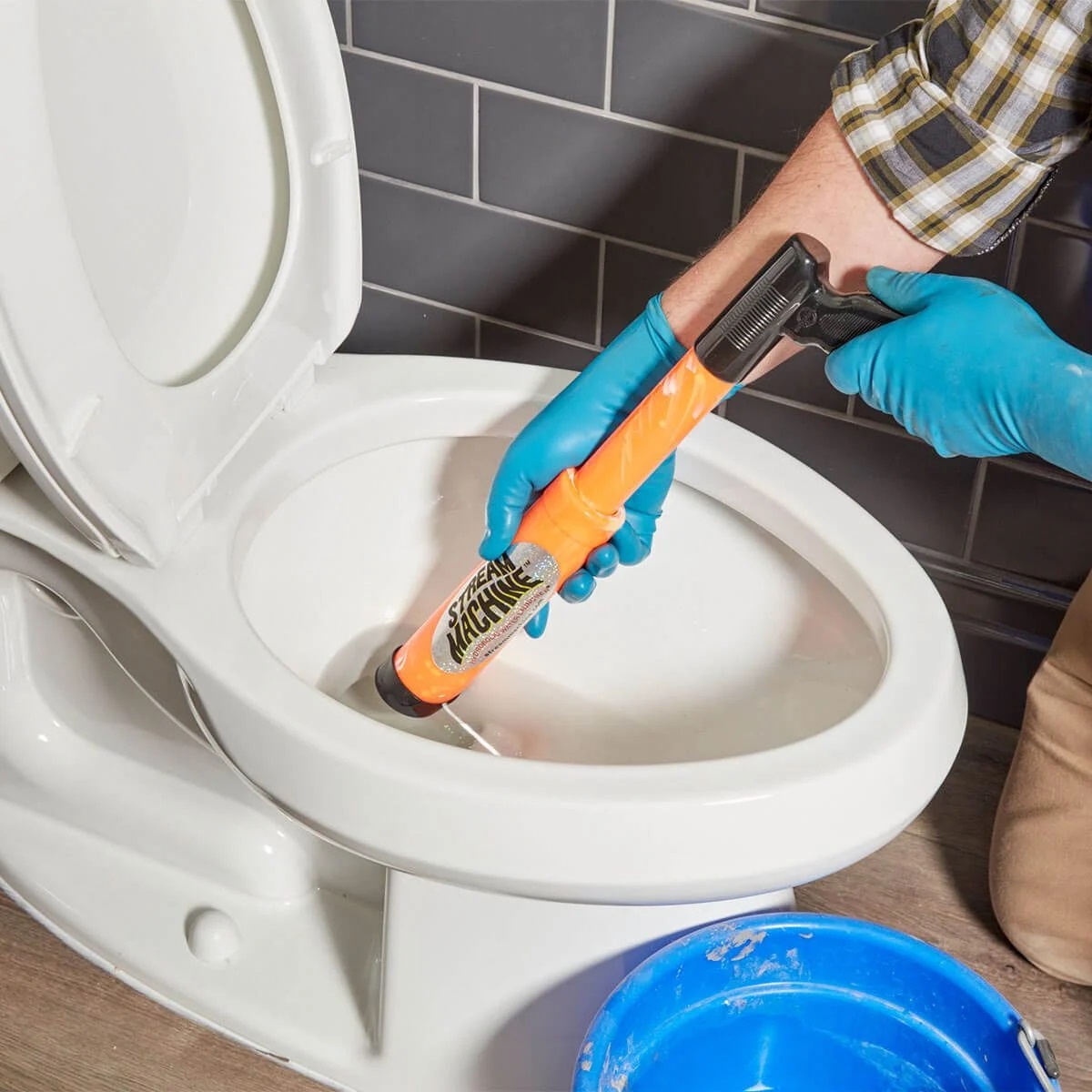
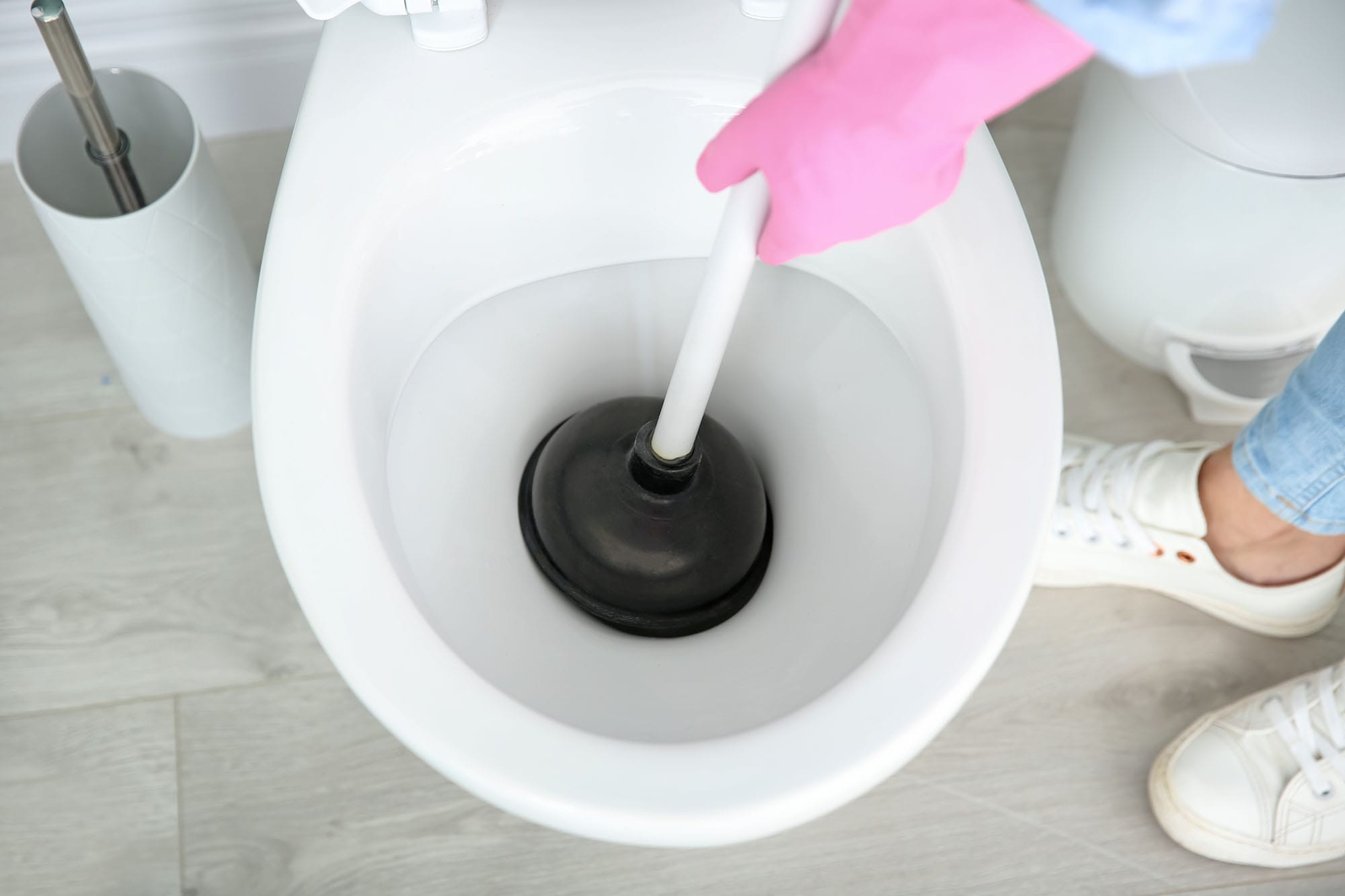
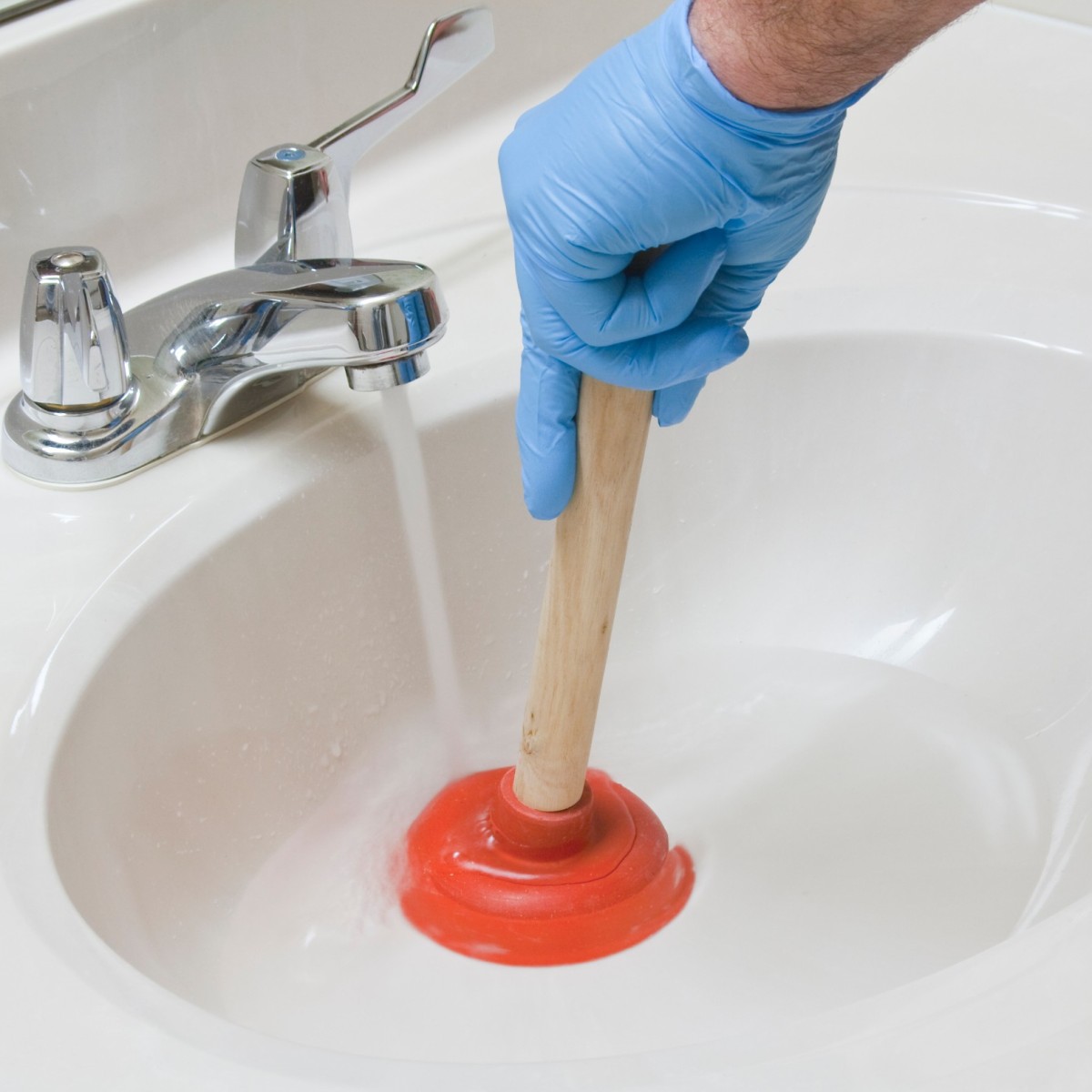

0 thoughts on “How To Use Plunger On Toilet”